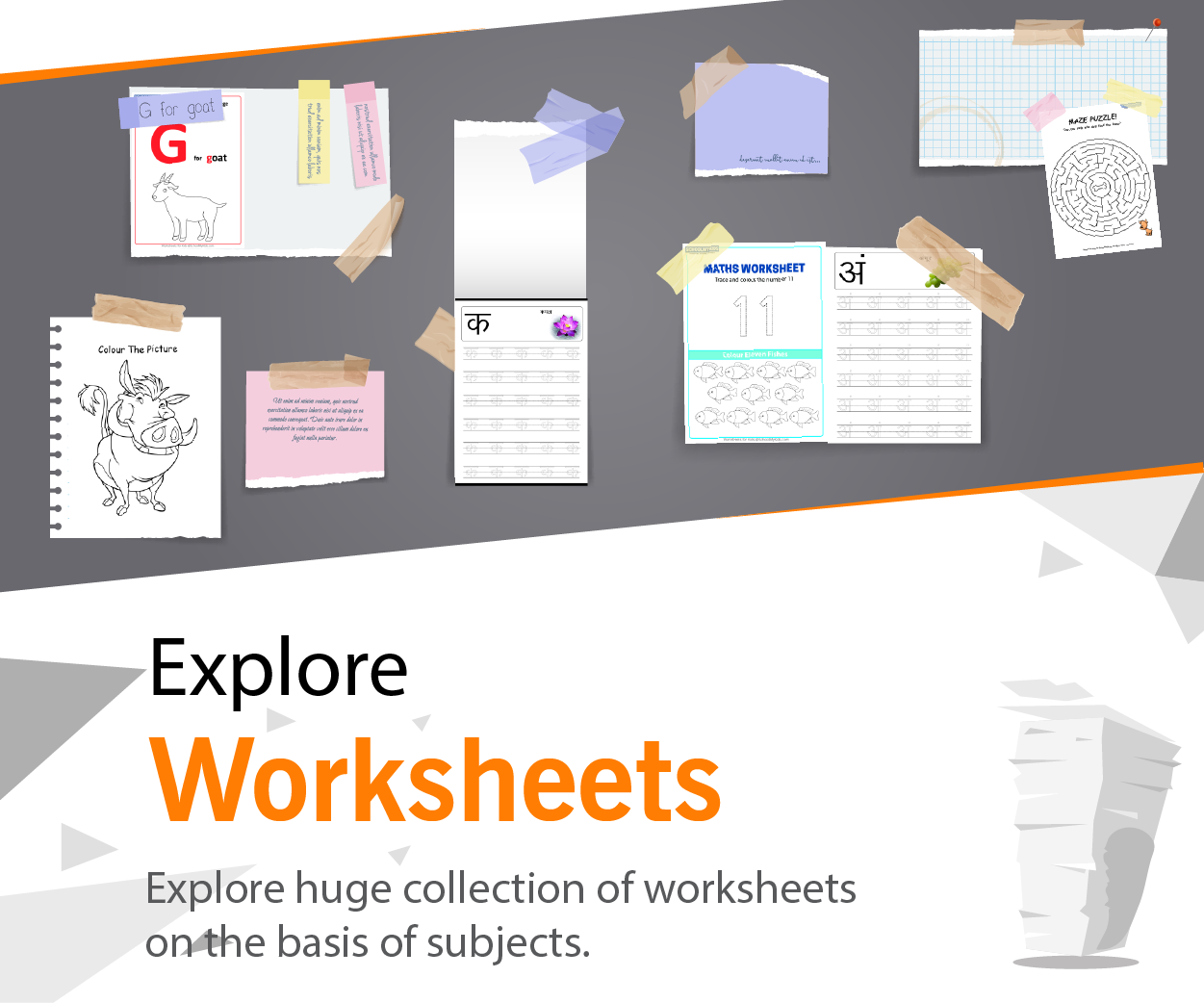Effective presentation skills are a critical asset in today’s professional and academic environments. They enable individuals to convey ideas clearly, engage audiences, and inspire action. This article explores why presentation skills are essential, the benefits they offer, and practical strategies to enhance these skills.
Why Presentation Skills Matter
1. Clear Communication
A well-delivered presentation helps to communicate complex ideas in a structured and understandable manner. Effective use of language, tone, and visual aids can simplify intricate concepts, making them accessible to a diverse audience.
2. Professional Growth
Strong presentation skills are highly valued in the workplace. They can set you apart in job interviews, meetings, and conferences, and are often linked to leadership potential. Employees who can present confidently are more likely to take on responsibilities that drive organizational success.
3. Enhanced Persuasion
Presentations are a powerful medium for persuasion. Whether you are selling an idea, pitching a project, or sharing research findings, the ability to engage and convince an audience can lead to favorable outcomes. Effective presentations use storytelling techniques, data visualization, and clear calls to action to influence decision-makers.
4. Increased Confidence
Regularly practicing presentation skills can significantly boost self-confidence. As you become more comfortable speaking in front of an audience, you are likely to develop a stronger sense of self-assurance in other areas of communication and professional interactions.
Key Elements of a Successful Presentation
1. Preparation
Thorough preparation is the cornerstone of any successful presentation. Understand your audience, research your topic deeply, and organize your content logically. Craft a clear message that guides your presentation from introduction to conclusion.
2. Structure
A well-structured presentation typically includes:
- Introduction: Briefly introduce yourself and outline the main points.
- Body: Present your content in a logical sequence, supported by examples, data, or visual aids.
- Conclusion: Summarize the key points and provide a clear call to action or takeaway message.
3. Delivery
The delivery of your presentation plays a crucial role in its effectiveness. Focus on maintaining eye contact, using appropriate gestures, and varying your tone of voice to keep the audience engaged. A confident and calm delivery can enhance the impact of your message.
4. Visual Aids
Visual aids such as slides, charts, and videos can help to illustrate your points and make the presentation more engaging. Ensure that your visual materials are clear, relevant, and not overly cluttered. They should complement your speech, not distract from it.
How to Improve Your Presentation Skills?
1. Practice Regularly
Practice is key to building confidence and improving your presentation skills. Rehearse your presentation multiple times, ideally in front of a mirror or a small audience who can provide constructive feedback. Recording your practice sessions can also help identify areas for improvement.
2. Seek Feedback
Constructive criticism from peers, mentors, or professional coaches can provide valuable insights into your performance. Feedback helps you understand your strengths and pinpoint specific areas that need improvement, such as pacing, clarity, or body language.
3. Attend Workshops and Training Sessions
Invest in professional development by attending workshops, seminars, or courses focused on public speaking and presentation skills. These sessions often include interactive exercises, role-playing, and expert advice that can help refine your techniques.
4. Observe and Learn from Experts
Watch presentations by skilled speakers, whether in professional settings, TED Talks, or online tutorials. Analyze their delivery, use of visuals, and engagement strategies. Adopting techniques from effective speakers can inspire improvements in your own style.
5. Focus on Storytelling
Incorporating storytelling into your presentation can make it more relatable and memorable. Structure your content around a central narrative that includes a beginning, middle, and end. Stories engage emotions and help the audience connect with the material on a personal level.
6. Manage Anxiety
It is common to feel nervous before a presentation. Techniques such as deep breathing, visualization, and positive affirmations can help manage anxiety. Over time, repeated exposure to public speaking situations will gradually reduce nervousness.
Conclusion
Presentation skills are an essential component of effective communication in any professional or academic setting. They not only help in conveying ideas clearly but also enhance your ability to persuade, inspire, and lead. By focusing on thorough preparation, structured content, confident delivery, and regular practice, you can develop and refine your presentation skills. Embracing opportunities for feedback and continuous learning will ensure that you remain an effective and engaging communicator throughout your career.









Be the first one to comment on this story.